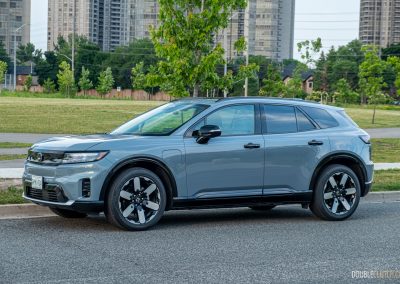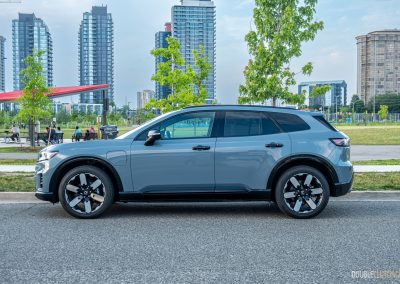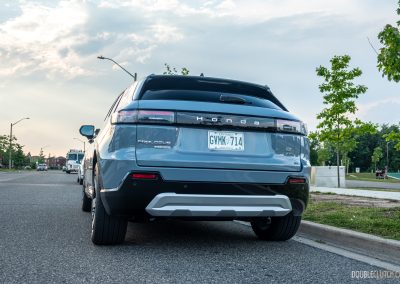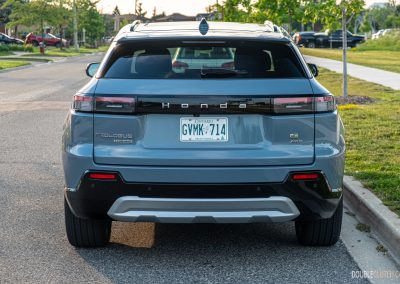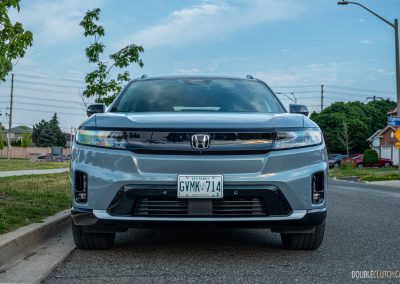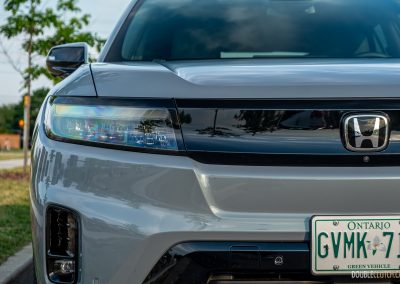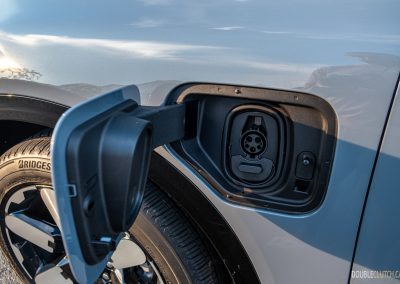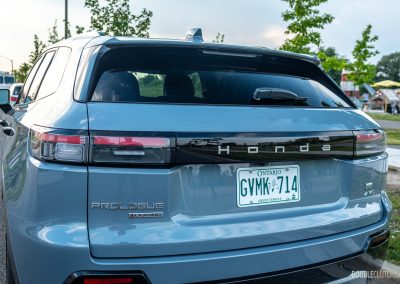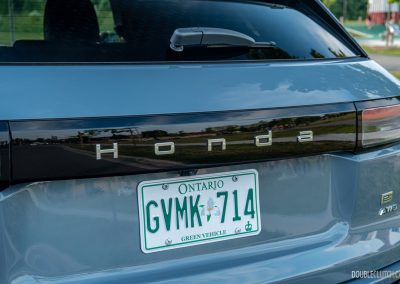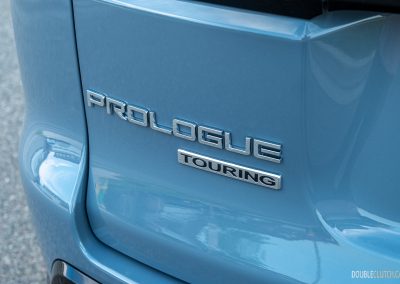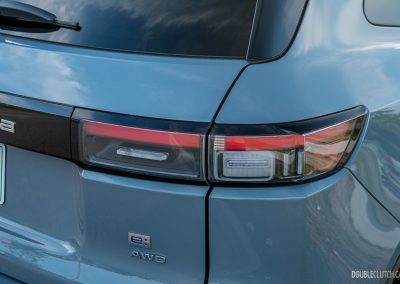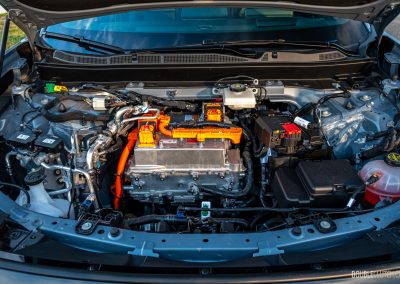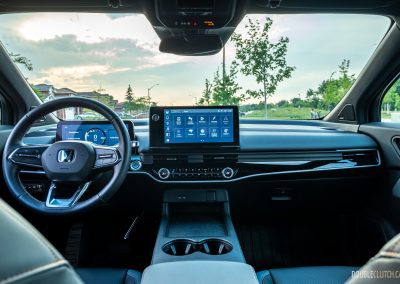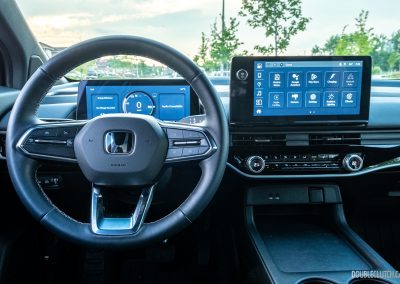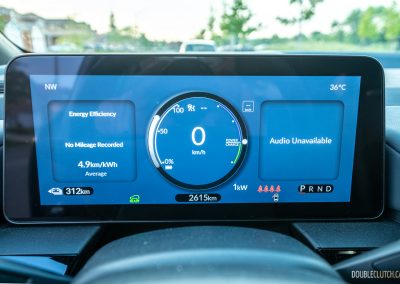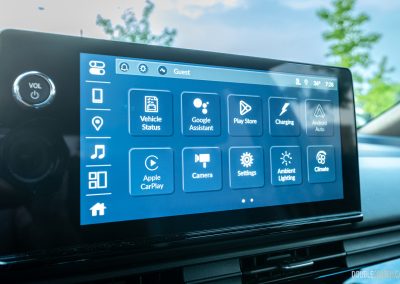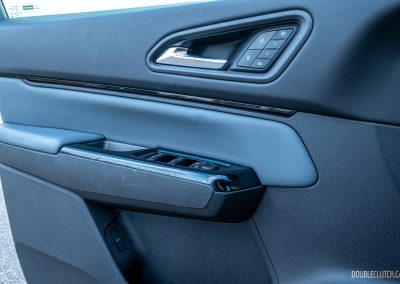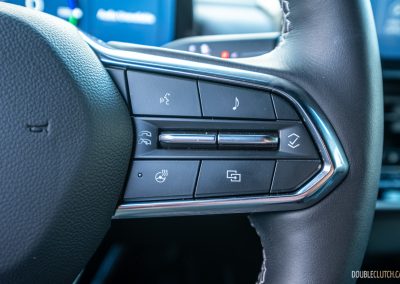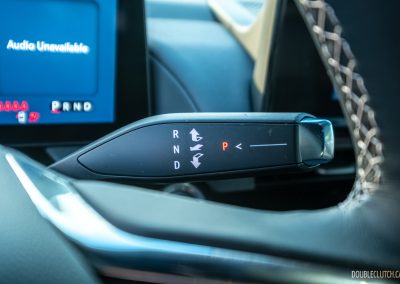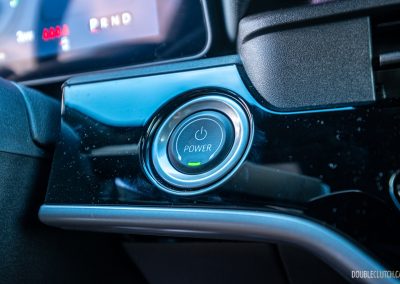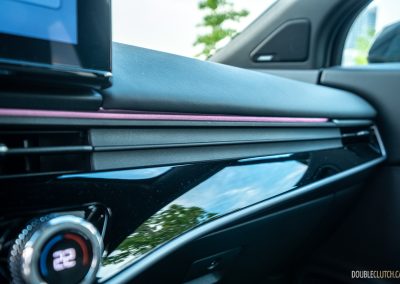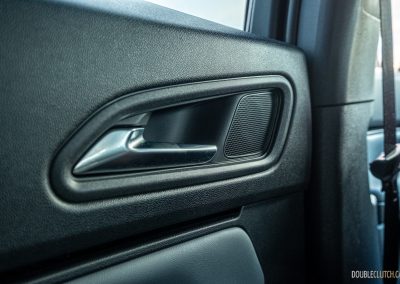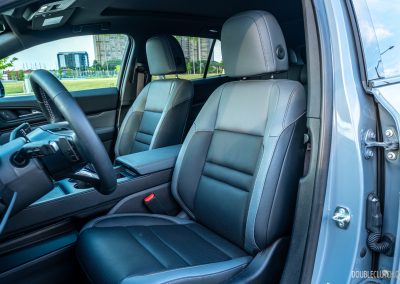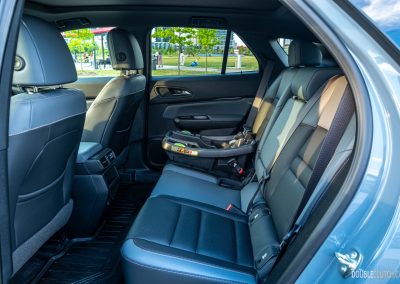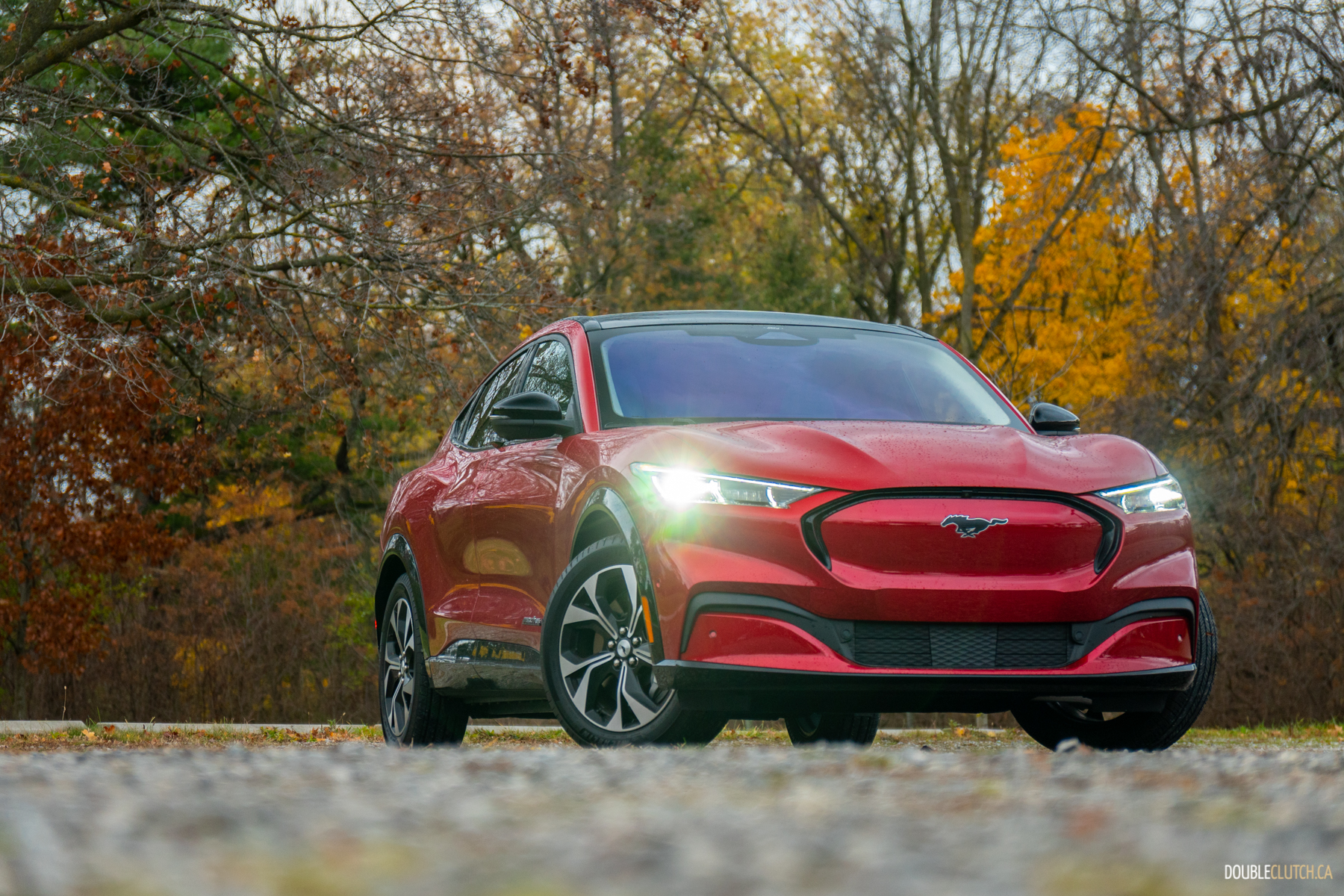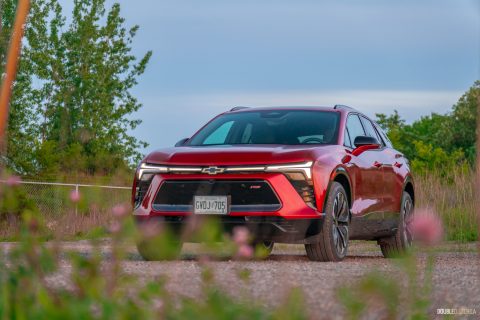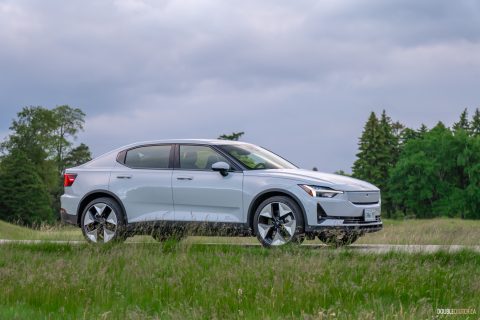As I quietly drove the 2024 Honda Prologue, my wife looked over at me and asked, “why is it called the Prologue? Is it the beginning of something?” I never really gave it much thought until that point, but she hit the nail on the head. This isn’t Honda’s first-ever electric vehicle, but it’s their first for the North American market, so yes, it’s a prologue in that sense of the word. However, there’s a catch: it isn’t a Honda in the way you think it is.
The Prologue may have a Honda badge, but it’s built on the Ultium platform. I know what you’re thinking: Ultium? Isn’t that a GM thing?! Correct! The Prologue is an example of badge engineering like you’d never believe, built on the same underpinnings as GM’s new and upcoming electric vehicles, including the gargantuan GMC Hummer EV. The Prologue is one of four midsize SUVs using this platform, the others being the Chevrolet Blazer EV, the Cadillac Lyriq, and the Acura ZDX. Even though it’s a rebadged GM, the Prologue just might be the sweet spot.
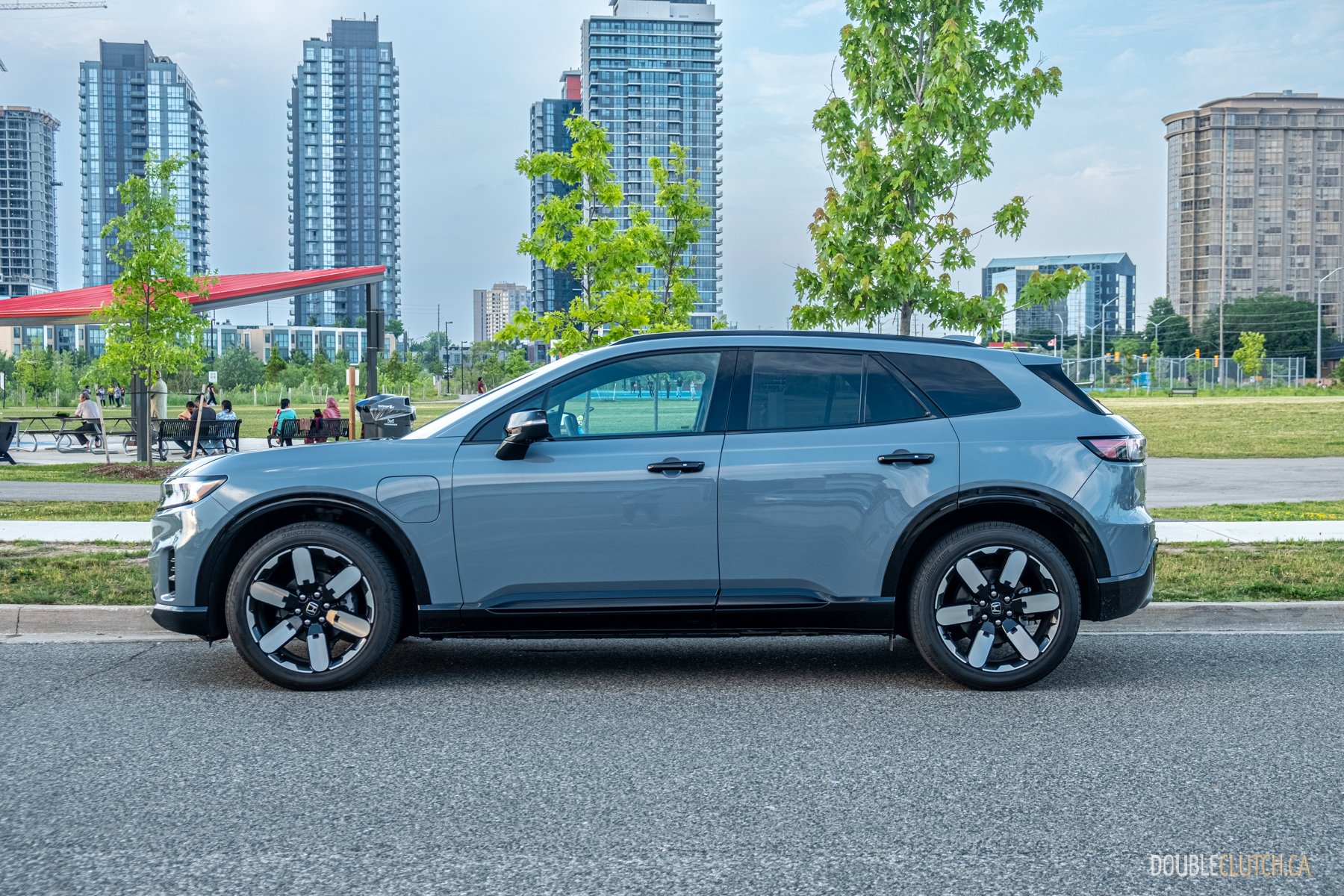
Honda has been very late to the EV party. They’ve dipped their toes into electrification with hybrids, PHEVs, and smaller EVs sold outside of North America, but they’ve shied away from developing their own bespoke EV platform. This partnership with GM allows Honda to catch up very quickly by offering up an EV sooner. On top of that, rumours suggest this platform-sharing will only last one generation before Honda creates their own bespoke EV underpinnings, so the Prologue name continues to make sense here. It’s a smart move for Honda loyalists interested in EVs, and the Prologue fits the bill almost to a tee.
Visually, it’s not hard to see Honda’s DNA sprinkled throughout. Starting with our tester’s very-Honda and very good-looking Sonic Grey paint, you immediately see the familiarity. The front end is 100 per cent Honda, looking very much like an electrified evolution of their current design language. The Prologue’s side profile is clean, as most Hondas are, and the rear end is a little Range Rover Evoque-esque but still simple enough to pass for a Honda. The 21-inch wheels are attractive and look unique without going overboard — which again, is very Honda.
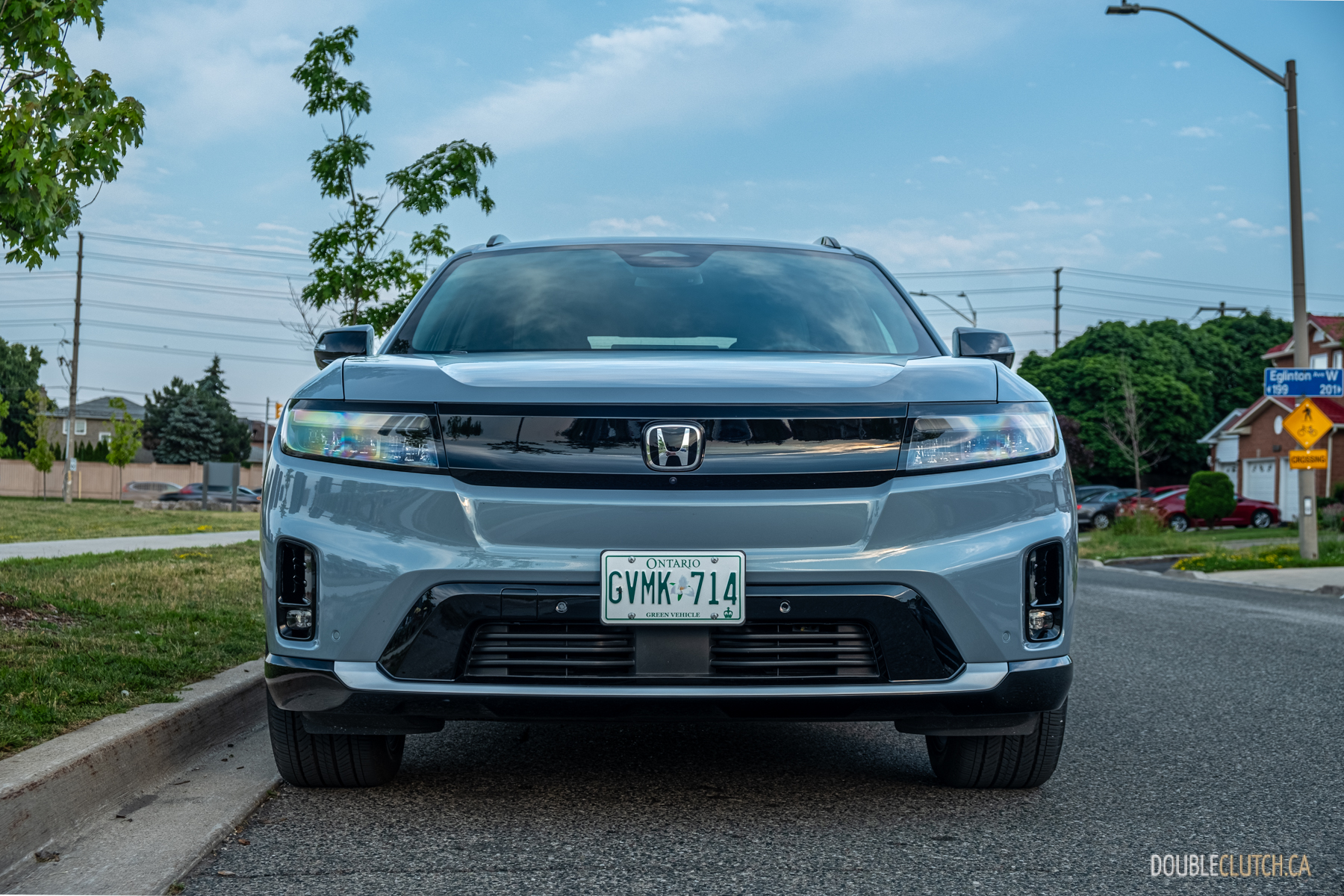
The least Honda-ish part of the Prologue is its sheer size. Measuring a generous 78 inches wide, it’s much wider than you’d expect especially from a Honda; for reference, it’s just three inches narrower than a GMC Yukon. This makes for an interesting feel from behind the wheel, which I’ll get into later, but overall the Prologue is a job well done design-wise. Unless you’re a diehard car enthusiast, it’s unlikely you’ll notice the Prologue isn’t really a Honda, especially if you’re cross-shopping it against a Blazer EV.
More than the exterior, the interior is extremely well-executed. To a typical Honda owner, you’d be very hard-pressed to notice the GM switchear, buttons, and user interface. Honda’s design team was steadfast in making the Prologue’s interior look and feel like a typical Honda, meaning the controls are in all the right places, the overall dash and centre console design is more Honda than GM, and the physical climate controls look freakishly similar to Honda’s unit, despite being shared with the Blazer EV. The steering wheel is a GM unit as well, but the airbag design looks virtually identical to what you’d find in any other new Honda. I can’t imagine a typical Honda owner being put-off by the interior. Yes, the seats are a bit flat and hard, and the infotainment is similar but not quite the same as other Honda models, but it’s not enough to matter.
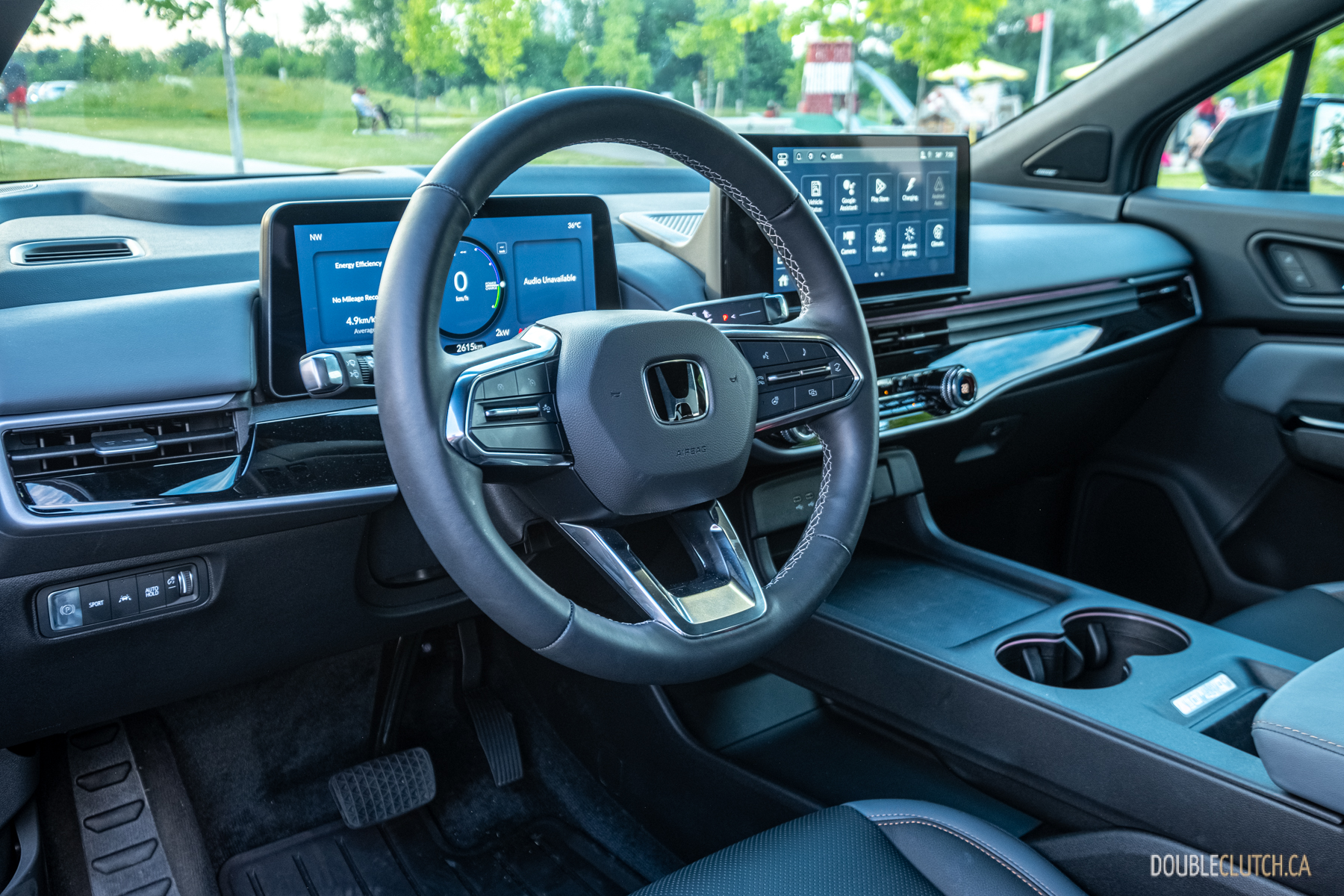
There are some quirks, though. For starters, the Prologue doesn’t have lane-keep assist, despite having adaptive cruise control and lane-keep assist being ubiquitous among the rest of Honda’s lineup. This is likely because GM locks lane-keep assist behind SuperCruise, which is only available on the Lyriq; I can see this being a dealbreaker for some Honda buyers. Secondly, while the Prologue’s cargo space is generous, the foot sensor that activates the tailgate is located dead-centre in the bumper, rather than off to the side as in other GM crossovers I’ve tested. This resulted in the tailgate trying to crush me on multiple occasions, albeit gently. [Maybe the Prologue just really wanted to hug you. —Ed.]
Beyond all that, the Prologue is a good EV and you can certainly thank GM for that. Some initial production issues aside, GM’s Ultium platform is a good one. In the Prologue’s case, it offers up an 85 kWh battery that feeds two electric motors, making it all-wheel-drive. I like that, of all the layouts and configurations available with the Ultium platform, Honda opted for the front motor to be more powerful, maintaining that front-drive bias most Honda loyalists are accustomed to. Total output is 288 horsepower and 333 lb-ft of torque; hardly impressive today, but wholly adequate for this type of vehicle. The positive trade-off to not joining the EV-acceleration arms race is that the real-world energy use and range is pretty stellar, with the Prologue achieving its advertised range of about 430 kilometres without issue. Charging, however, is limited to a paltry 150 kW.
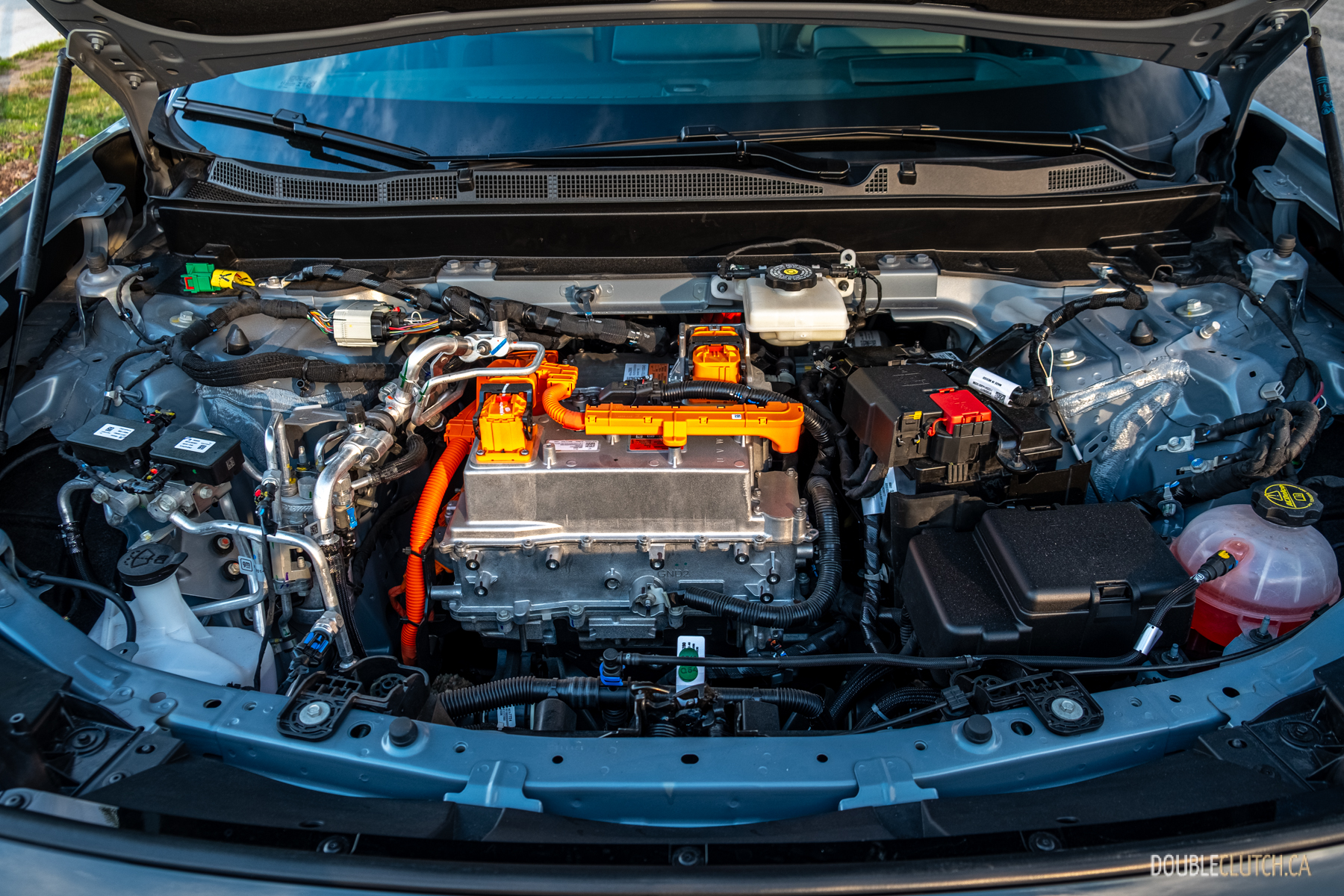
The GM-ness does come through a little more than I’d like in the way the Prologue drives. It feels weighty and is missing Honda’s trademark light-footedness we’re accustomed to. The aforementioned width doesn’t help, plus the suspension is tuned rather softly, so the Prologue tends to waft down the road. I’d expect that from a GM product, but not a Honda. This isn’t a bad thing; the Prologue rides and drives well overall, it’s just not typical of a Honda and I could see it putting off some buyers. But that’s just my Honda fanboy coming through.
Honda’s DNA comes through in a place where it matters: sensible value. At just over $72,000 as-tested for the Touring trim, there’s a lot of EV to be had here. The 2024 Honda Prologue undercuts the Lyriq by thousands, and is similarly priced to the Blazer but without the polarizing style; it’s the Guy Fieri of the bunch. Honda, on the other hand, keeps it simple and provides something you could easily live with for a decade-plus without looking or feeling significantly outdated. Until Honda writes their own next chapter of their EV story, this Prologue is only the beginning.


